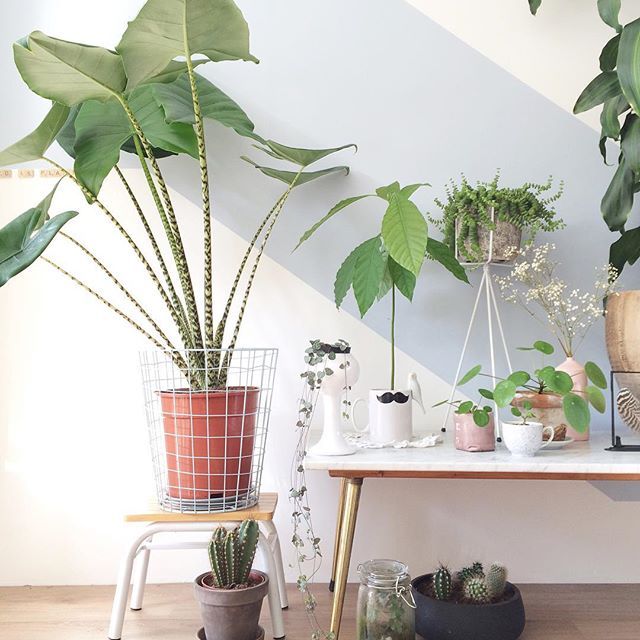Many gardening enthusiasts dream of an orange in the apartment that ripens and gives fragrant fruit. In fact, this task is not complicated: after all, the seeds of the orange eaten in a pot with the seeds sown in the soil germinate relatively quickly, and after 3 weeks, the green leaves of the plant are already pleasing to the eye. So ready to learn how to grow your own oranges in an apartment? Keep reading!
Planting oranges in the house is really possible, and for many people it works, but germination is only the beginning. It is important to keep in mind that oranges do not feel comfortable in a room with dry air and lack of light.
Often, even with all the rules that ensure the orange blooms and knits the fruit, the plant grown from seed will not be happy until 10 to 20 years later. The prospect of these two expectations is not at all tempting. Fortunately, there is a methodology you can use to write your own oranges much faster.
What to do? Graft a cutting (scion) taken from an orange that has already begun to ripen. Of course, cuttings can also be planted to take root, but the problem is that oranges do not tend to take root easily.
Grafting Oranges
Oranges can be grafted onto seedlings (rootstocks) of orange, lemon, grapefruit or bitter lemon trees grown from seed.
A branch of any orange tree that has already started to grow can be used as a graft. It can be obtained in the conservatory, from citrus growers, brought from a resort or other. The earlier the branch is grafted (from the moment it is cut), the more likely it is to set well. By the way, the graft can be stored in the “zero” compartment of the refrigerator for about a month, only the end that will need to be connected during incision site, wrap in moist cotton and put the whole twig in a polyethylene bag.
There are even a few methods of grafting, but the most important thing is to note some essential nuances, namely:
– To make it easier, the rootstock and scion should be about the same thickness, like a pencil.
– It is desirable that the rootstock be in an active growth phase at the time of grafting.
– Care should be taken not to delay the process – work quickly and accurately.
– The cut should be made with a sharp knife prepared in advance, preferably with a special knife.
It is more practical to graft an orange by combining a rootstock and a scion. In this case, the two parts (rootstock and scion) should be cut diagonally into sections of equal length and then precisely joined, pressing so that the cotyledons coincide.
The joint should be wrapped tightly with insulating or special tape to prevent the graft from slipping. Finally, a polyethylene bag should be placed over the plant and its edge wrapped around the pot to create increased humidity conditions inside. The grafted plant should be kept in a well-lit, warm place (optimal temperature 20-30 degrees), but not in direct sunlight. After three weeks, the bag can be removed, and after another two weeks, the tape with which you have fixed the seal can be peeled off. If the graft is not blackened, you can assume that the job was successful.
Orange Pollination
The orange graft can bloom even in the same year, although it usually takes 2-3 years. In early spring, the orange tree may be overgrown with white fragrant flowers. There is, in fact, no need to pollinate them, as oranges are self-pollinating plants.
However, the temperature in the room should not exceed 25-27 degrees during this period, as pollen becomes sterile at higher temperatures. If the tree is not very leafy, it is better to remove some of the fruit. For oranges to ripen properly, one fruit should need 15 to 20 leaves. The fruits of the home-grown orange ripen in 8-10 months.
After mastering the grafting technique, the same orange plant can be boldly grafted with twigs of different orange varieties as well as with other citrus plants. This will turn the plant into a single-tree garden. For example, about 20 different varieties of citrus can be grafted onto an orange-lemon tree: orange, lemon, tangerine, medicinal, small, bitter lemon, grapefruit, and so on.
There you go! If you carefully follow those steps, you should soon be growing your own oranges! What other fruit do you already grow in your apartment? Share with us some tips in the comments below!





